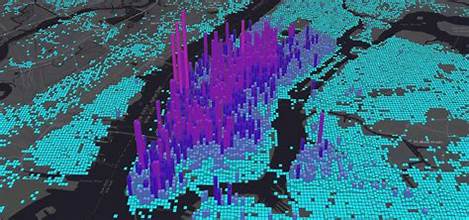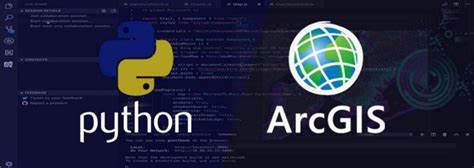Course Outline
Module 1: Introduction to GIS
Module 2: Introduction to ArcGIS pro
Module 3: Exploring Spatial Relationships – includes joins/merges/intersects
Module 4: Creating and Editing Data
Module 5: Symbology in ArcGIS Pro
Module 6: Exploring Map Layouts
Module 7: Analysis of multiple different types of datasets from different sources
Module 8: Overview/ understand of different types of geospatial files
Module 9: ArcGIS Pro basics: finding your way around the new interface
Module 10: Using the ribbon and tool bars to find the right tool
Module 11: Displaying data in ArcGIS Pro: Add data and updating layer symbology
Module 12: Data Management: Creating your own projects and data for use in ArcGIS Pro
Module 13: Editing tools: Using the Edit ribbon to add, remove and modify your features in ArcGIS Pro
Module 14: Understanding 3D: Accessing the 3D options within ArcGIS Pro to view and explore layers in a 3D environment.
Introduction
Geospatial and Spatial Data
- Vector vs Raster data
- Metadata
- Projection and coordinate systems
Python in Depth
- Data types
- Variables, functions and conditional statements
- Loops and lists
- Classes and objects
ArcPy for ArcGIS
- Help overview
- Tool and Python references
Preparing the Development Environment
- Installing and configuring ArcGIS Desktop
Geoprocessing and Workflows
- Creating a project
- Saving code as a script
- Working with toolboxes
- Creating a custom toolbox
- Documenting scripts
- Overwriting output
- Setting current workspace and extent in geoprocessing
ArcPy Package
- Performing inventory
- Listing workspaces, datasets, classes, tables, and fields
- Describing and walking data
- Working with geometries
- Using arcpy.da
- Implementing symbology
- Adding and manipulating layers
Summary and Conclusion
Introduction
ArcGIS System Software
- What is GIS?
- ArcGIS versions
- Layers, attributes, features, selections, and attribute tables
Geospatial and Spatial Data
- Vector vs Raster data
- Metadata
- Projection and coordinate systems
Preparing the Development Environment
- Installing and configuring ArcGIS Desktop
ArcGIS and its Functionalities
- Applying and visualizing spatial data
- Identifying features and values
- Creating selections
- Zooming and measuring
- Using ShapeFile geometry
- Working coordinate systems
- Using ArcCatalog
- Modifying metadata
Raster Data
- Displaying rasters
- Merging rasters
- Resampling and reclassifying rasters
- Clipping a raster
- Extracting raster value points
- Geo-refrencing a raster
Vector Data
- Using ShapeFile attributes
- Spatial joining with tabular data
- Creating choropleth maps
Organize Maps
- Adding data to a map
- Importing data
- Editing properties and symbology
Data Creation
- Implementing new data files
- Drawing new features
- Plotting points
- Joining data
- Clipping data
- Creating buffers
Finalizations and Optimizations
- Using map layouts
- Working with a locator map
- Creating legends
- Implementing scale bars and titles
- Exporting and printing maps
Summary and Conclusion


